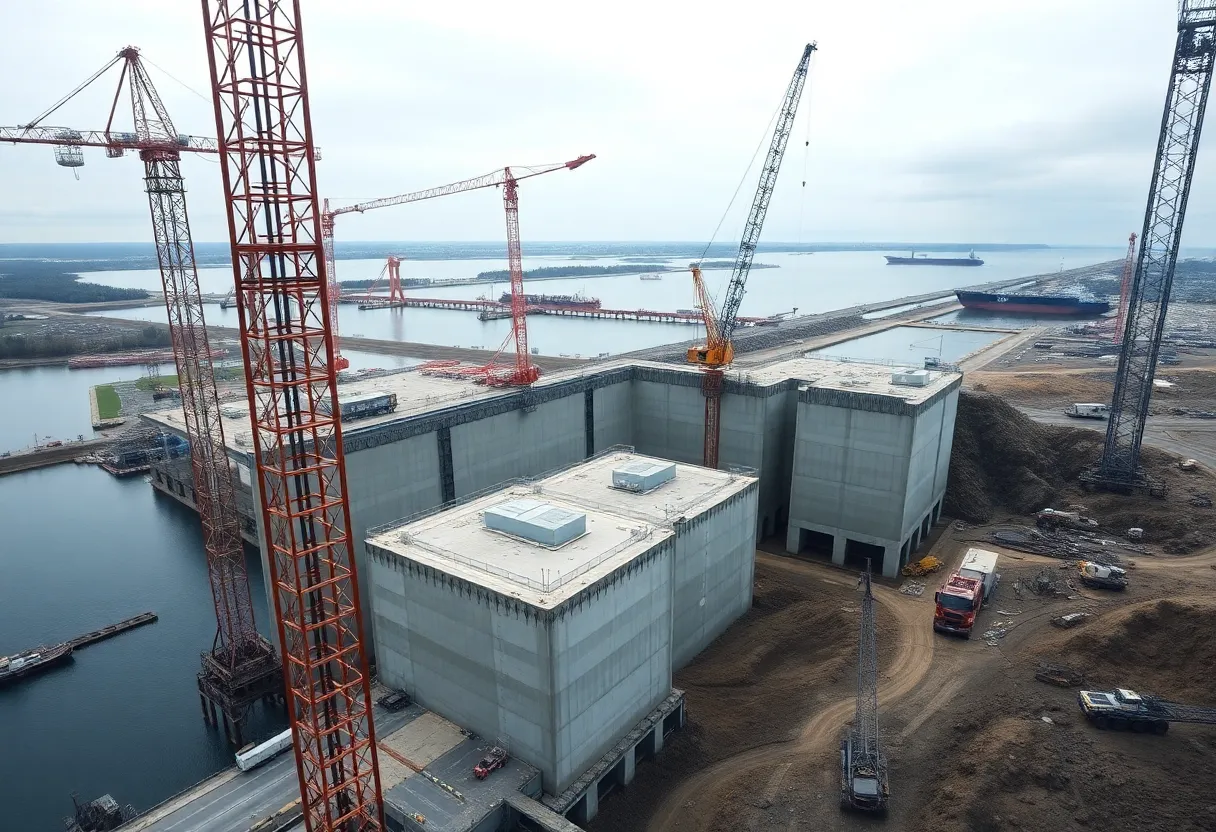News Summary
Chicago’s commercial real estate landscape is shifting as developers adapt to high interest rates and tighter lending conditions. With traditional funding methods under pressure, there’s a move towards diversified capital acquisition strategies. Multifamily units are drawing more interest from lenders compared to office spaces, although competition remains intense for high-quality properties. Challenges in securing financing, particularly for speculative projects, are pushing developers to blend traditional debt with alternative funding sources. The market is navigating uncertainties, but proactive developers are discovering innovative opportunities.
Chicago’s Commercial Real Estate Developers Adapt Strategies Amid High Interest Rates
As interest rates climb and banks exercise caution in lending, Chicago’s commercial real estate developers are recalibrating their approaches to secure funding and navigate the changing landscape of the market. Although there is still capital available for investment, the conditions under which that capital can be deployed have shifted significantly from previous years.
The liquidity in the market is not entirely diminished, but the entry of funds into real estate transactions has changed considerably. Developers now face a situation where lower leverage and tighter credit conditions are the norms, with banks active in lending but at reduced levels. In response to these challenges, alternative sources of capital are emerging as viable options to offset the difficulties in securing debt.
Shifts in Market Dynamics
The commercial real estate landscape is seeing a noticeable preference for asset types. While the multifamily sector enjoys greater favor at the moment, there remains a healthy demand for office properties, especially those that can be repositioned effectively. Multifamily, industrial, and select other property types continue to attract the attention of lenders, particularly for projects that are well-established.
The competitive environment remains fierce, especially for high-quality multifamily, retail, industrial, medical offices, and self-storage property investments. However, selective underwriting of hotel and multitenant office assets continues to strain developers seeking financing. Construction financing is witnessing a limited resurgence, primarily targeting multifamily and industrial projects with stringent guidelines.
Financing Structures Adapt to New Norms
New construction loans have seen a compression in loan-to-cost ratios, particularly impacting speculative deals, which now require strong sponsorship to attract funding. Developers find themselves blending traditional senior debt with alternative financing options to manage rising capital costs and more stringent underwriting standards. This adaptation is crucial as many projects that previously attracted 80-85% leverage are now receiving closer to 60-65%.
To bridge these gaps, an increased number of developers are utilizing preferred equity and mezzanine financing structures. This shift encourages developers to recapitalize their funding sources, drawing equity from various partners or high-net-worth individuals to reduce reliance on more expensive equity sources.
Market Challenges and Future Outlook
Uncertainties in the macroeconomic environment, such as tariffs and fluctuations in local property taxes, contribute to developers’ hesitance. Particularly in Cook County, property taxes add extra strain to institutional investors, complicating their investment strategy. Developers and lenders alike are awaiting necessary price adjustments that could help rebalance the market.
Trends over the next year hinge on when institutional equity returns and how sellers adjust values on older assets. Recent innovations in capital arrangements have allowed projects to move forward, with creative funding evident in developments like a corporate headquarters partially financed through innovative financial strategies.
Evolution of the Market
Amid rising interest rates and increasing vacancies in office spaces, developers are discovering innovative reuse opportunities within older properties, responding to a growing demand for mixed-use developments. Furthermore, public-private partnerships are being harnessed to foster new initiatives centered on affordable housing and job creation.
Despite the headwinds characterized by rising costs and a cautious lending environment, Chicago’s commercial real estate developers are employing strategic approaches to navigate the complexities of today’s market, ensuring that progress persists through innovation and adaptation.
Deeper Dive: News & Info About This Topic
Additional Resources
- Daily Herald: Trends Shaping Chicago’s Commercial Real Estate Market in 2025
- RE Journals: Cautious Capital: Creative Stacks Chicago CRE Financing Adapts
- Chicago Business: Interactive Brokers Group Eyes New West Loop Office
- Wall Street Journal: Chicago Office Buildings Real Estate Market
- CBRE: River of Dreams Podcast
- Wikipedia: Commercial Real Estate
- Google Search: Chicago Commercial Real Estate High Interest Rates
- Google Scholar: Chicago Commercial Real Estate Financing
- Encyclopedia Britannica: Commercial Real Estate
- Google News: Chicago Real Estate Market
Author: Construction CA News
CALIFORNIA STAFF WRITER The CALIFORNIA STAFF WRITER represents the experienced team at constructioncanews.com, your go-to source for actionable local news and information in California and beyond. Specializing in "news you can use," we cover essential topics like product reviews for personal and business needs, local business directories, politics, real estate trends, neighborhood insights, and state news affecting the area—with deep expertise drawn from years of dedicated reporting and strong community input, including local press releases and business updates. We deliver top reporting on high-value events such as the Rose Parade, Coachella, Comic-Con, and the California State Fair. Our coverage extends to key organizations like the California Building Industry Association and Associated General Contractors of California, plus leading businesses in technology and entertainment that power the local economy such as Apple and Alphabet. As part of the broader network, including constructionnynews.com, constructiontxnews.com, and constructionflnews.com, we provide comprehensive, credible insights into the dynamic landscape across multiple states.





